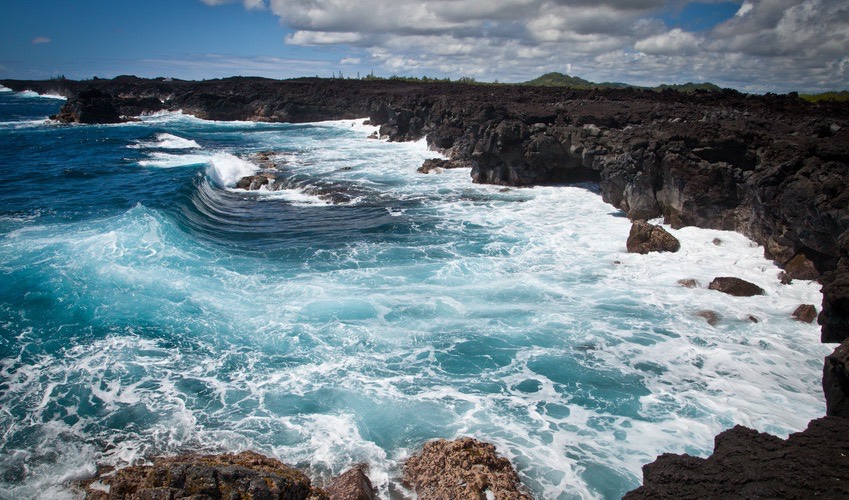Tidal Power: Underestimated or Superseded?
By using the Earth’s natural energy from tidal power, reliable electricity can be generated while conserving other resources. However, within the scope of renewable energy, tidal power seems to be a less exact topic of discussion. Solar and wind power are seem to be of more interest to the public and press, and hydro power as well as biomass are developed much further mechanically when compared to tidal energy. Resulting in a relatively unknown standing of tidal power, other forms of renewable energy have taken the spotlight, leaving tidal power plants to be written off in terms of a potential energy source in the future.
The worldwide potential for tidal power is estimated to be 700 TWh a year. Currently, tidal power is early in the development stages and not able to compete with fossil fuels. However, focus on renewable energy sources and demand for clean energy contributes to a rapid development of methods to harness this energy source.
Tidal Energy is a result of the gravitational fields from both the sun and the moon, combined with the earth’s rotation around its axis, resulting in high and low tides.
The difference is the potential source of power generation in tidal energy. Stream generators, tidal barrages as well as more recent technologies are funded on this principle.
Comparing tidal energy to fossil fuels or nuclear energy, the first advantage of compared to the two becomes obvious; neither the gravitational fields of the sun and moon, or the earth’s rotation around its own axis will cease to exist any time soon.
Another strongpoint of tidal power is that tidal currents are highly predictable. High and low tide develop with well-known cycles, enabling the construction of optimized systems.
Due to water’s high density compared to air (1000 times higher), it is possible to generate power at low speed tides and calculations show that power can be generated even with movements as slow as 1m/s, which is equivalent to a little over 3ft/s.
On the other side of the coin, effects of tidal power plants on the environment are to be determined. A tidal power station may potentially affect marine life close to the location of the construction of the project. Turbines may potentially kill marine life during its operation, and the installation of tidal barrages might cause changes to the coastline, which will affect the relevant undersea ecosystem and the potentially caused rotting vegetation underwater would releases methane, a greenhouse gas. Resulting in some environmental groups opposing new tidal projects, due to the potential impact of the tidal plants on the underwater ecosystems.
Tidal barrages rely on the manipulation of ocean levels and therefore potentially have environmental effects comparable to those of a hydroelectric dams.
As of today, tidal power plants need to be constructed fairly close to shore, not able to exploit weaker tidal currents, at locations further out in the sea.
Tidal power plants bare relatively high costs of installation and although tidal power plants are estimated to have long life spans, salt water can potentially cause corrosion in metal parts of the tidal system. Though the use of more corrosion-resistant elements (i.e. stainless steels and high nickel alloys), will decrease the corrosion damage to the environment.
According to a report by the journal Philosophical Transactions of the Royal Society A, the predictable nature of tides makes them an ideal renewable energy source, and despite high costs make it more reliable than wind. But finding effective ways of utilizing their latent power have proved elusive.
Nevertheless, analysis suggest that the potential for tidal power is there. It could provide up to 20% of the United Kingdom’s power if employed efficiently, and newer technology as well as a fuller, more systematic understanding of streams and estuaries can put tidal power in a position to become one of the most reliable forms of renewable energy.
But despite the predictability of tides, the biggest issue remains; tidal technology. Infrastructural damage and environmental impacts are tough to foresee and evade. However, multiple projects have started to in recent years, taking a new approach to generating renewable energy from flowing waters, such as the Wave Star.
The future of tidal energy is tightly knit together with the costs involved. If and when the technology further develops and becomes more competitive with energy derived from traditional sources such as oil, coal, and natural gas, tidal power has the potential to make an impact.
The development of more efficient underwater turbines and revamped logistics, in addition to power generators, which can be placed further out at sea is crucial to find ways to preserve the undersea ecosystems.

